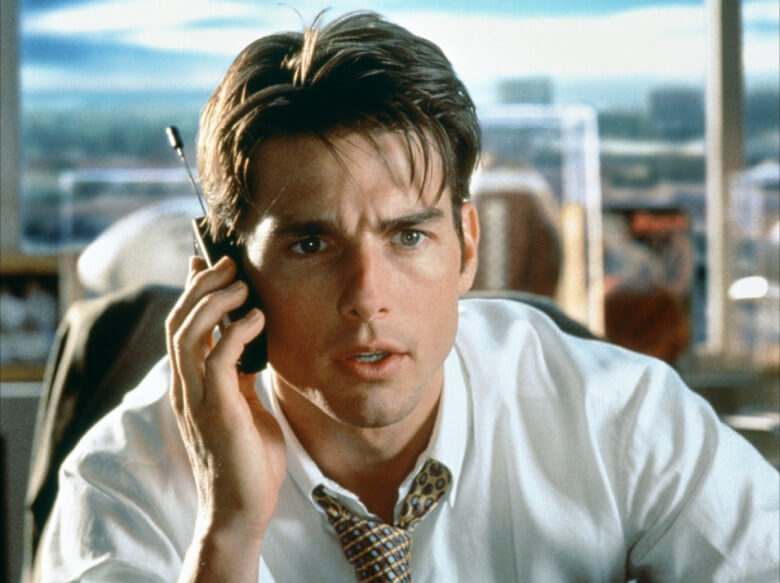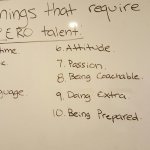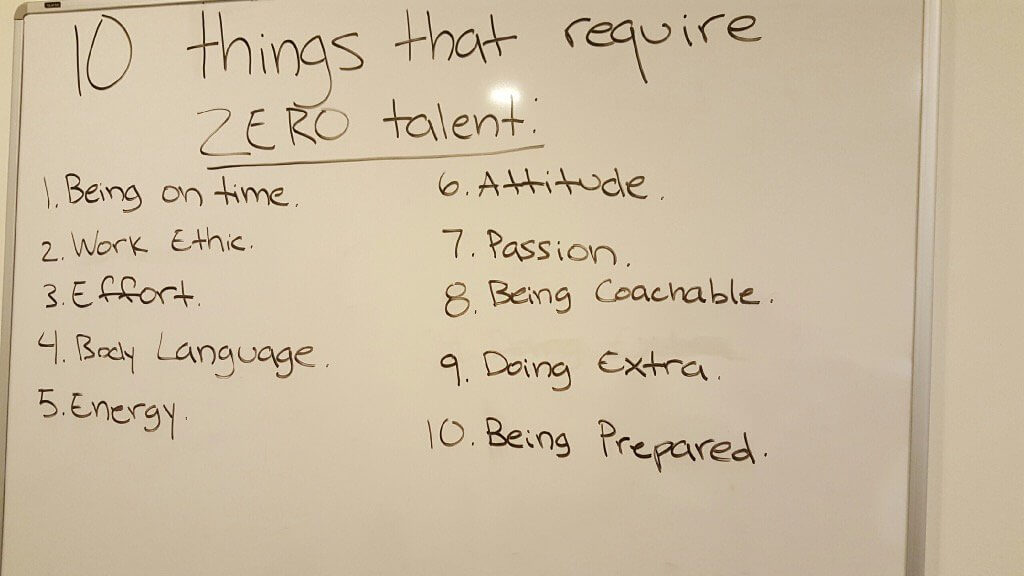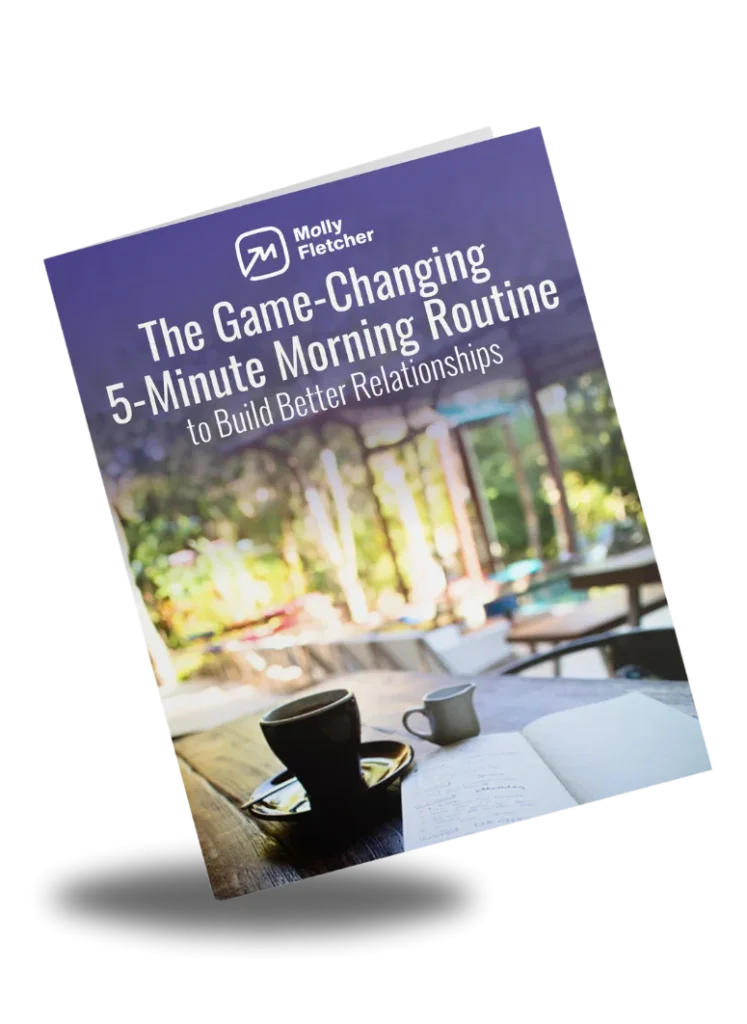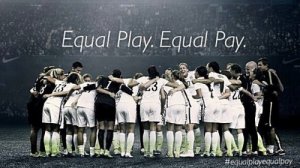 With all the recent publicity around Equal Pay Day, what caught my eye was Carli Lloyd’s essay in the New York Times. Her U.S. women’s soccer team is negotiating for the same compensation as the men in that sport.
With all the recent publicity around Equal Pay Day, what caught my eye was Carli Lloyd’s essay in the New York Times. Her U.S. women’s soccer team is negotiating for the same compensation as the men in that sport.
While I don’t know all the details between her, her teammates and U.S. Soccer, she does reveal their strategy. But is it an effective way to even the pay gap? Is it the best means to a successful end?
Let’s see how Lloyd’s strategy stacks up with these five crucial steps (outlined in my book, “A Winner’s Guide to Negotiating: How Conversation Gets Deals Done.”)
Are the U.S. women setting the stage?
This step involves knowing relative worth, or “comps,” for your services in the market.
Lloyd has gathered some impressive data on the performance pay gap between her team and the American men’s program: “If I were a male soccer player who won a World Cup for the United States, my bonus would be $390,000. Because I am a female soccer player, the bonus I got for our World Cup victory last summer was $75,000,” she writes. “The men get almost $69,000 for making a World Cup roster. As women, we get $15,000 for making the World Cup team.”
Numbers can be manipulated, but they don’t lie. Nailing comps is essential to making your case for equal or better pay.
Are they finding common ground?
Effective negotiation is rooted in establishing trust and building relationships—one conversation at a time. This dialogue depends on both sides moving forward to mutual gain.
Negotiation is about offering choices that represent gains for both sides. This is where Lloyd and teammates are struggling. She describes a common ground—they and US Soccer want the women’s team to continue playing and winning:
“When we captured the Women’s World Cup title in Canada in July, we drew the highest American television rating for soccer in history and, according to a financial report published by U.S. Soccer last month, helped generate $17.7 million in profit for the federation…. U.S. Soccer’s financials confirm that we are the driving force that generates a majority of [its] revenue.”
But if this was enough to keep the negotiations going, she wouldn’t be writing this piece. Common ground is essential. If they can find it, they will collaborate to maintain what benefits them both.
Are they asking with confidence?
It certainly is a bold move to make your case in the nation’s newspaper of record. Her language was very direct: “Simply put, we’re sick of being treated like second-class citizens. It wears on you after a while. And we are done with it.” This certainly is no longer about two sides working out a deal in private.
I read this as a savvy strategic move well timed to Equal Pay Day. Because these pay negotiations have stalled, Lloyd and three other women soccer players have asked a federal mediator (EEOC) to handle their wage-discrimination complaint. The essay in effect asks the public for its support. Lloyd appears confident that her team’s fans and sympathizers will be allies in this high-profile fight off the field.
What about embracing the pause?
Hard to tell about this. We know that fatigue has set in for the female players after repeated rejections. Such a contentious atmosphere eliminates the benefits of pausing during negotiation.
“We as a team presented our proposal for increased compensation in our new collective bargaining agreement, U.S. Soccer told us, on more than one occasion, that our proposal was not rational,” Lloyd wrote. “Essentially, the federation said that it had a certain sum of money set aside for the women’s team and that our proposal was unacceptable. We’ve gotten nowhere negotiating with our federation for years, and it became clear to us that nothing had changed.”
Do she and her teammates know when to leave?
The U.S. women’s soccer team is prepared to strike, according to Lloyd. But will they? Such a dramatic action could have repercussions (positive and not) for their sport and athletes in other sports.
I for one am watching intently to see what the next move will be—on either side.
One of the most difficult aspects of negotiation is knowing when to stay at the table (or on the field) and when to walk away. Negotiation is rooted in understanding what you are willing to give up and what you aren’t. You always want to consider the breadth of possibilities and then narrow that menu to which ones are acceptable to you. Leaving should always be on that menu.
Your Game Changer Takeaway
Effective negotiation takes fearlessness and strategy, and from what I’ve read, the U.S. women soccer players have both. The strategy Lloyd describes aligns with solid negotiation practices, and it’s a path that more of us need to follow to erase pay inequity. It can be done!
Molly Fletcher helps inspire and equip game changers to dream, live and grow fearlessly. A keynote speaker and author, Molly draws on her decades of experiences working with elite athletes and coaches as a sports agent, and applies them to the business world. Her e-learning courses spark both personal growth for individuals and corporate development for organizations. Sign up here to receive our monthly newsletter.






